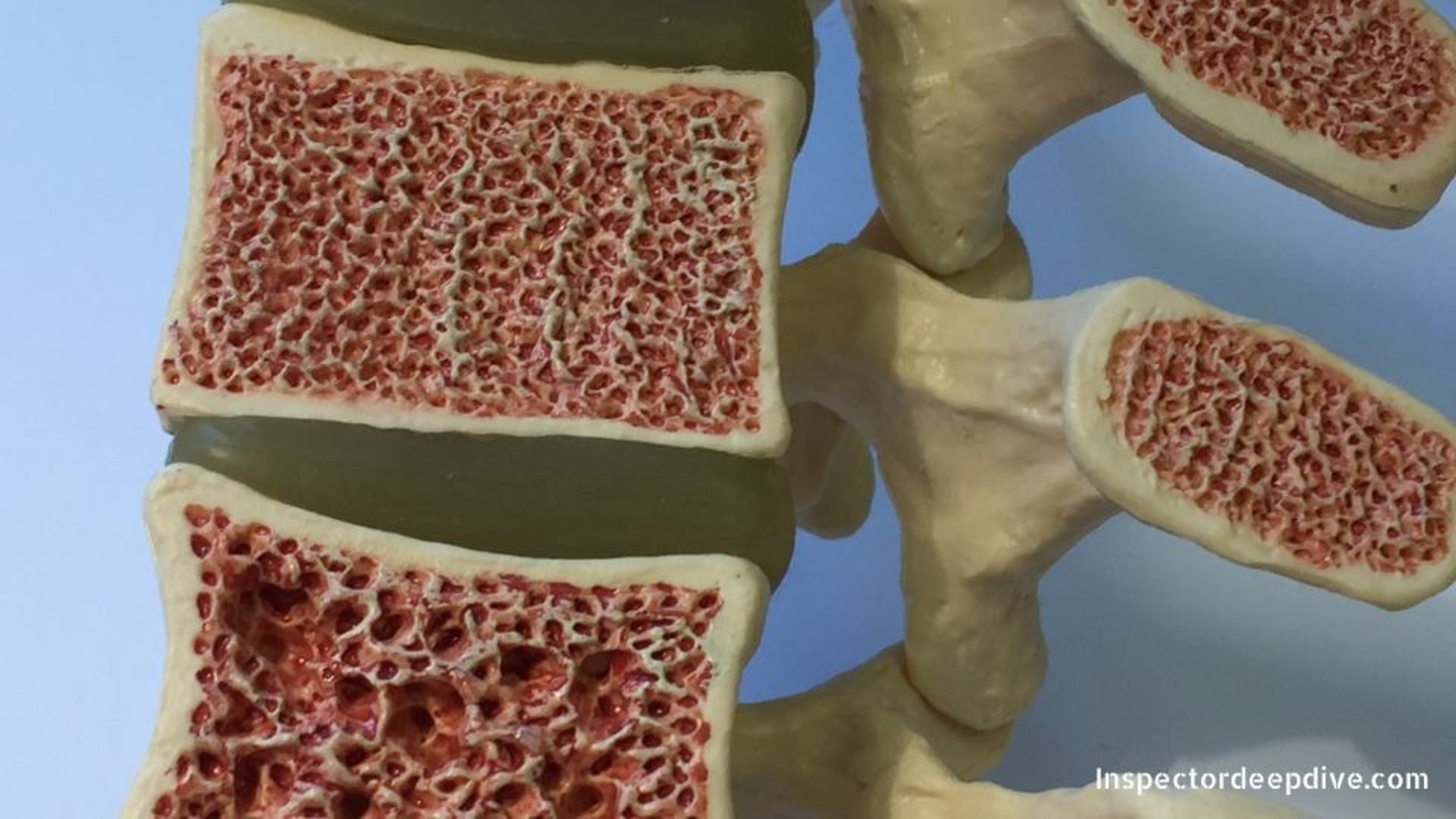
Understanding - Osis

Definition of -Osis
In medical terminology, "-osis" is a Greek-derived suffix that means "condition," "process," or "abnormal state." Unlike "-itis" which specifically refers to inflammation, "-osis" has a broader meaning that encompasses any abnormal condition or disease process. It's used to describe both pathological states and normal biological processes that have become abnormal.
The suffix "-osis" is appended to the root word that describes the affected organ, tissue, or process. For example, "psoriasis" refers to an abnormal skin condition, while "tuberculosis" describes the condition caused by tuberculosis bacteria.
How -Osis Works in Medical Terms
The "-osis" suffix transforms descriptive root words into specific medical terms. The pattern typically follows:
Root word + -osis = Medical condition name
This systematic approach allows medical professionals to create precise terminology for newly discovered conditions and ensures consistency across medical literature and communication.
Examples of Medical Conditions Using -Osis
Respiratory System:
Tuberculosis: Condition caused by tuberculosis bacteria
Pneumoniosis: Lung condition from inhaling dust particles
Emphysema: Abnormal enlargement of air spaces in lungs
Skin Conditions:
Psoriasis: Chronic skin condition with scaly patches
Dermatosis: Any abnormal skin condition
Neurofibromatosis: Genetic disorder causing tumor growth
Blood and Circulation:
Thrombosis: Formation of blood clots in blood vessels
Atherosclerosis: Hardening and narrowing of arteries
Hypertension: Abnormally high blood pressure condition
Nervous System:
Neurosis: Mental disorder involving distress but not delusions
Psychosis: Severe mental disorder affecting perception of reality
Sclerosis: Hardening or scarring of tissue
Digestive System:
Gastritis: Inflammation of stomach lining
Diverticulosis: Presence of pouches in intestinal wall
Cirrhosis: Scarring of liver tissue
Musculoskeletal System:
Osteoporosis: Decreased bone density condition
Tendinosis: Degenerative tendon condition
Scoliosis: Abnormal curvature of the spine
Types of Conditions Described by -Osis
Degenerative Conditions:
These involve the gradual deterioration of tissues or organs over time, such as osteoporosis and atherosclerosis.
Infectious Conditions:
Diseases caused by pathogens, including tuberculosis and malaria.
Genetic Conditions:
Inherited disorders like neurofibromatosis and sickle cell anemia.
Metabolic Conditions:
Disorders of normal metabolic processes, such as diabetes mellitus and gout.
Autoimmune Conditions:
Diseases where the immune system attacks healthy tissue, including multiple sclerosis and lupus.
Neoplastic Conditions:
Abnormal growth conditions, including various forms of cancer and benign tumors.
The Difference Between -Osis and -Itis
While both are medical suffixes, "-osis" and "-itis" have distinct meanings:
"-Itis" specifically means inflammation
"-Osis" means any abnormal condition or process
For example, "arthritis" means joint inflammation, while "arthrosis" means joint degeneration without necessarily involving inflammation.
Scientific Breakthroughs 2025
Recent advances in medical science:
have revolutionized our understanding and treatment of "-osis" conditions. In 2024-2025, CRISPR gene editing technology has shown remarkable success in treating genetic "-osis" conditions like sickle cell anemia and beta-thalassemia, with clinical trials demonstrating up to 90% effectiveness in correcting genetic mutations.
Artificial intelligence and machine learning algorithms:
have transformed early detection of "-osis" conditions, with new AI models achieving 95% accuracy in identifying early-stage atherosclerosis through retinal imaging and 92% accuracy in detecting osteoporosis risk through routine X-rays.
Nanotechnology breakthroughs
have enabled targeted drug delivery systems for "-osis" conditions, with nanobots successfully treating thrombosis by directly dissolving blood clots while minimizing bleeding risks. Similarly, smart nanoparticles have shown promise in delivering gene therapies directly to affected tissues in neurofibromatosis and other genetic "-osis" disorders.
Regenerative medicine advances:
have produced lab-grown tissues and organs for treating degenerative "-osis" conditions, with successful implantation of bioengineered cartilage for osteoarthritis and lab-grown skin grafts for severe psoriasis cases.
Personalized medicine:
approaches using genomic profiling have revolutionized treatment protocols for autoimmune "-osis" conditions, allowing physicians to predict which therapies will work best for individual patients based on their genetic makeup, improving treatment success rates by up to 60%.
Scientific and Medical Usage
The "-osis" suffix appears in thousands of medical terms and is recognized internationally by healthcare professionals. It's part of the standardized medical terminology system that ensures clear communication across different languages and cultures in the medical field.
Importance in Medical Education
Understanding "-osis" is crucial for medical students, healthcare professionals, and anyone interested in understanding medical terminology. It provides a framework for decoding complex medical terms and understanding the nature of various conditions.
Modern Medical Applications
In contemporary medicine, new conditions continue to be named using the "-osis" suffix as medical science discovers and categorizes new diseases and abnormal processes. This systematic approach ensures consistency and clarity in medical documentation and research.
Conclusion
The "-osis" suffix represents a fundamental component of medical language that helps categorize and communicate about abnormal conditions and disease processes. By understanding what "-osis" means, patients can better comprehend their diagnoses and medical professionals can maintain standardized communication about health conditions. This ancient Greek suffix continues to serve as an essential tool in modern healthcare, bridging the gap between complex medical science and clear, systematic terminology. With ongoing scientific breakthroughs in 2025, our ability to diagnose, treat, and potentially cure "-osis" conditions continues to advance at an unprecedented pace, offering new hope for patients worldwide.
What Does -Osis Mean? Understanding Medical Suffixes for Condition and Disease Names
The suffix "-osis" is one of the most common and important endings in medical terminology. Understanding what "-osis" means provides valuable insight into how healthcare professionals name and categorate various medical conditions, diseases, and abnormal processes in the human body.
info@inspectordeepdive.com
© 2025 food.InspectorDeepDive.com. All rights reserved. Content may not be copied or republished without permission.
This article is for informational purposes only. InspectorDeepDive.com does not provide medical advice. Always consult a licensed healthcare provider before making dietary or health decisions.
